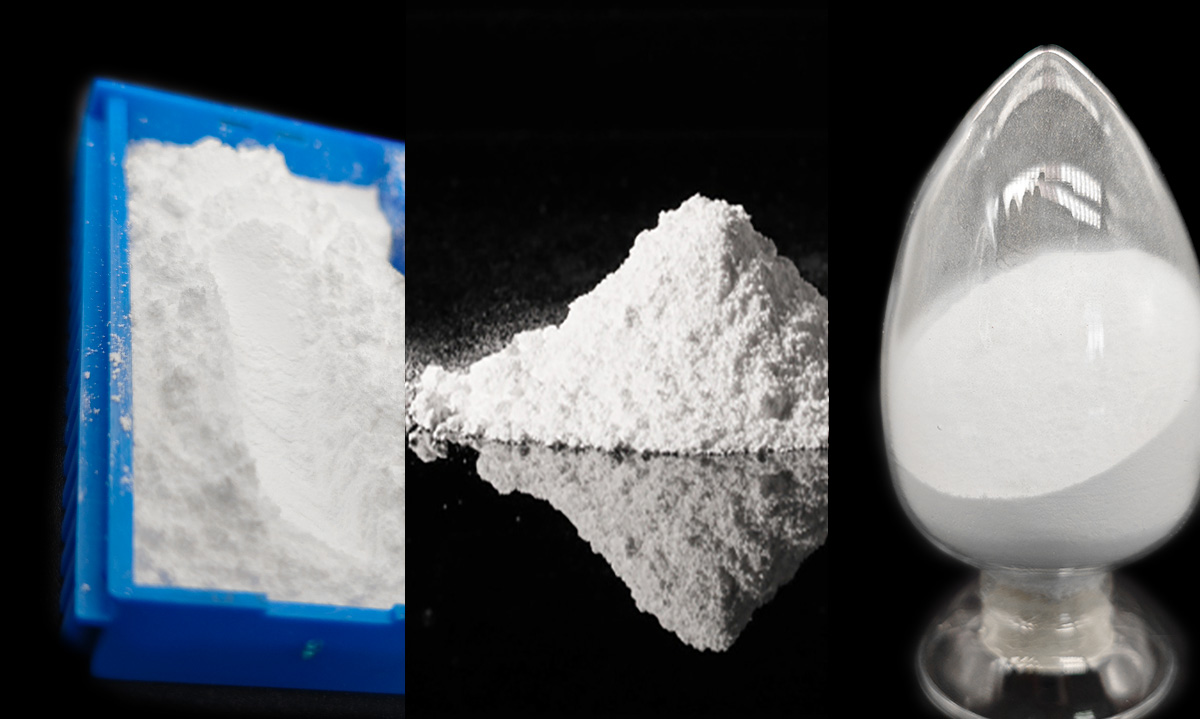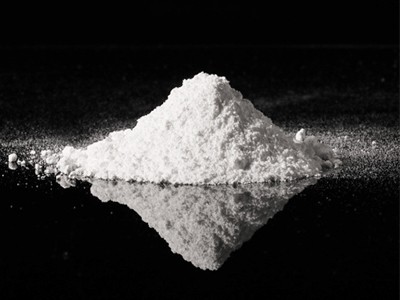With the rapid development of electronic technology, electronic components are also developing in the direction of integration, miniaturisation, lightweight, high performance and high power consumption. While enjoying the speed and convenience brought about by science and technology, we are also faced with the problem of a sharp rise in the power density and operating temperature of electronic devices, which requires electronic devices to have excellent heat dissipation capabilities. The thermal performance of electronic devices depends on the thermal capacity of the electronic packaging materials, the better the thermal capacity, it can extend the use of electronic equipment, enhance its use of performance.

Epoxy resin (EP), polyethylene (pe), etc. are common electronic packaging materials, but their thermal conductivity is between 0.1-0.3W/(m-K), which is not able to meet the heat dissipation needs of electronic components.
An effective strategy for improving the thermal conductivity of polymers is to introduce fillers with high thermal conductivity. These fillers can be broadly categorised into three types: carbon-based, metallic and ceramic materials, each of which has unique properties that determine their suitability for different applications.
Carbon-based fillers stand out for their very high thermal conductivity, excellent electrical conductivity and good mechanical properties, making them the preferred choice for many applications. Common carbon-based materials include carbon nanotubes, graphene and graphite, which are well established and widely used.

Metal fillers, on the other hand, are known for the property of the metal itself as a good conductor of heat. Not only do they have excellent electrical conductivity, but commonly used metal fillers such as Al, Ag, and other metal powders or flakes also exhibit good thermal conductivity. However, there are significant differences between metal fillers and polymer matrix in terms of physical properties such as coefficient of thermal expansion, modulus of elasticity, rheological properties and surface tension, which pose certain challenges and limitations in practical applications.
Ceramic fillers, while exhibiting excellent thermal conductivity, also have excellent electrical insulation properties, high temperature stability and oxidation resistance. These properties have led to a wide range of applications for ceramic fillers in the field of thermal conductivity and insulation. Common ceramic fillers include Aluminium Oxide (Al₂O₃), Aluminium Nitride (AlN) and Boron Nitride (BN), which play an important role in enhancing the overall performance of polymer materials.
Ceramic filler is currently the most widely used filler, according to data, the current spherical alumina with lower prices and higher thermal conductivity and heat dissipation ability, in the middle and low-end thermal conductivity in the field of application has a great advantage, occupying about 50% of the thermal conductivity powder market size.
Compared with alumina, hexagonal boron nitride with its more excellent thermal conductivity and good electrical insulation properties, in the field of electronic engineering has been widely concerned about the broad prospects for development. Currently, the thermal conductivity of 3-15W/(m-K) made of hexagonal boron nitride as the main component of the thermal conductivity insulating sheet, the thermal conductivity of 40-60W/(m-K) made of boron nitride nanosheets, boron nitride thermal film, boron nitride as the main filler for the thermal conductivity potting adhesive, thermally conductive silicone grease, thermally conductive insulating varnish thermal conductivity in the series products in the range of 3-6W/(m-K), with a good heat dissipation properties and Insulation, in smart phones, notebook computers, 5G communications, new energy batteries, IGBT modules, high-power motors have mature applications, effectively enhance the performance stability of related products, significantly improve their service life.

Different morphology, different powder size and different shapes of cubic boron nitride thermally conductive filler, to take mixed filling can increase the filling rate, easier to form multiple thermal conductivity pathway, in the same filler case thermal conductivity is also better, and can be fully integrated into the nature of the component materials, so as to make the composite material performance is more excellent. With the depth of this research, so that the hybrid application of hexagonal boron nitride ceramic filler in the field of insulation and heat dissipation of more application scenarios, the market outlook is more broad.
BN(CHINA) Technology h-BN products are synthesised by high temperature method using advanced continuous calcination equipment, with high purity and good consistency, strong batch supply capability, and very advantageous cost. We currently have four specifications for you to choose from: PBN700 (purity ≥99.5%), PBN500 (purity >99%), PBN300 (purity >98%), PBN100 (purity >97%), which are available in crystalline particle size of 1-5 μm, and powder size of D50 between 4 μm and 20 μm. These four products have been successfully applied in the industries of thermally conductive fillers, high temperature insulating materials, high temperature coatings, mould releasing agents, boron nitride ceramics and so on.




